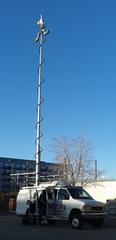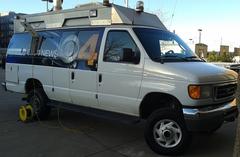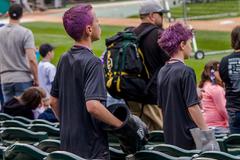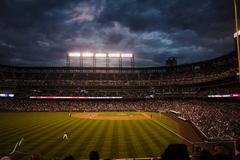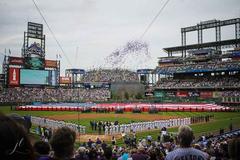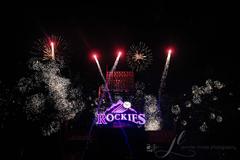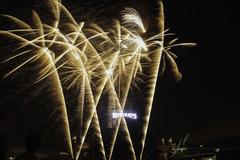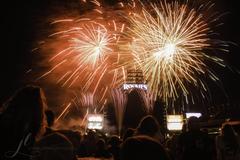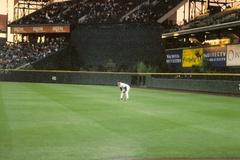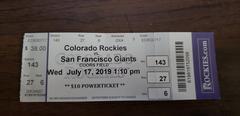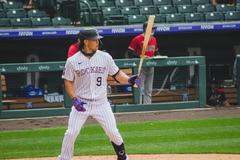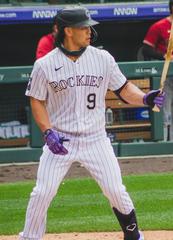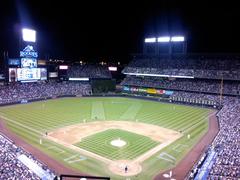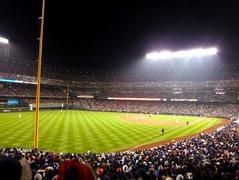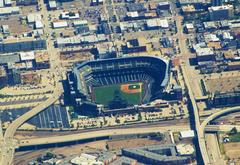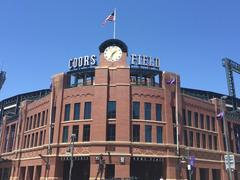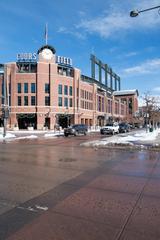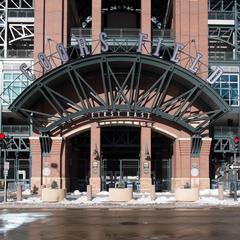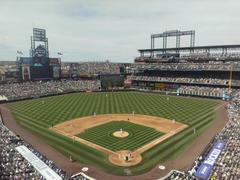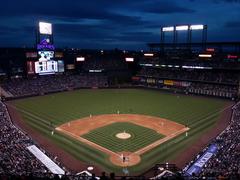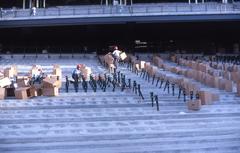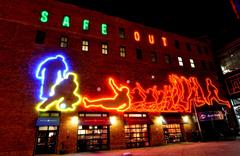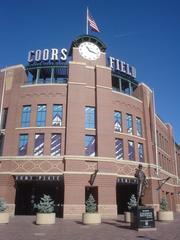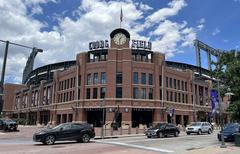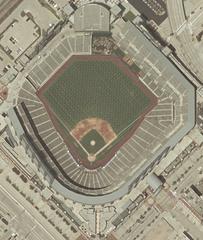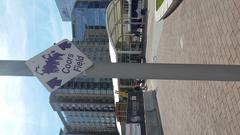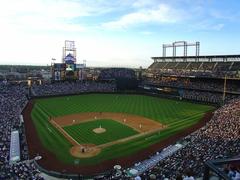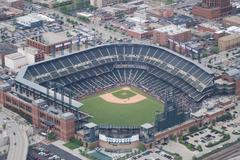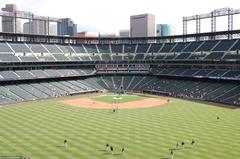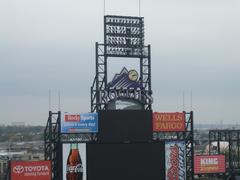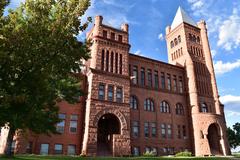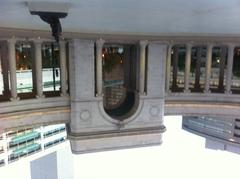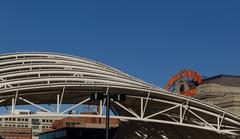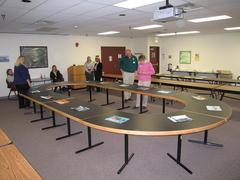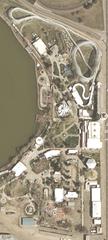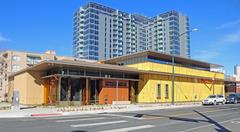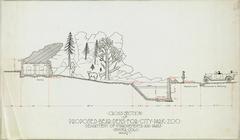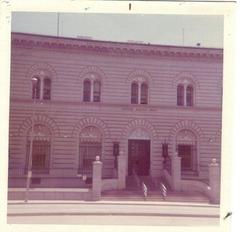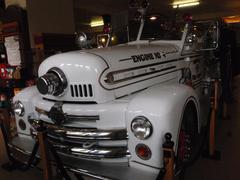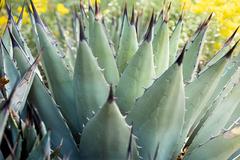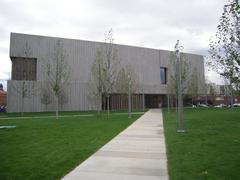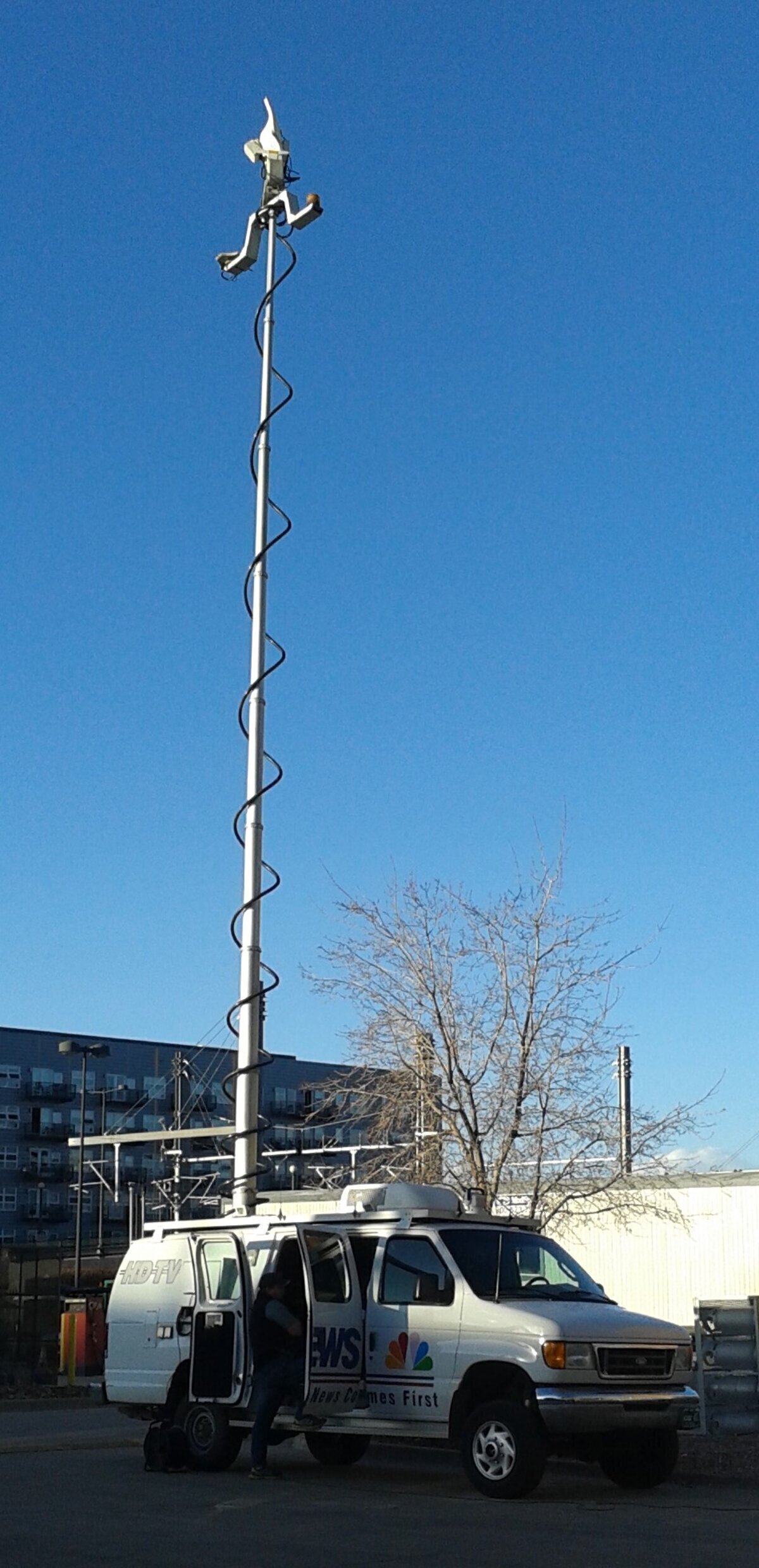
Visiting Hours, Tickets, and Tips for Coors Field
Date: 17/07/2024
Introduction
Coors Field, the home of Major League Baseball’s Colorado Rockies, is more than just a sports venue; it is a cultural icon and a pivotal part of Denver’s identity. Nestled in the Lower Downtown (LoDo) area, Coors Field stands as a testament to Denver’s transformation from a city with minor league aspirations to a major league contender. The ballpark’s history is intertwined with the revitalization of LoDo, a neighborhood that has evolved from its industrial roots into a bustling district known for entertainment and commerce. The construction of Coors Field began in 1993 and was a collaborative effort between HOK Sport (now Populous) and local architects C.W. Fentress and J.H. Bradburn (Discover Coors Field). The stadium opened its gates on April 26, 1995, and quickly became famous for its high-scoring games, earning the nickname “Coors Canaveral.” This guide aims to provide you with comprehensive information on visiting Coors Field, including its history, architectural significance, ticket prices, visiting hours, and more.
Table of Contents
- Introduction
- The Birth of a Ballpark
- Architectural Design and Opening Day
- The “Blake Street Bombers” and Offensive Explosions
- Adapting to the Altitude
- All-Star Game and National Recognition
- Coors Field Today - A Denver Landmark
- Visitor Information
- The Sandlot Brewery at Coors Field
- The Rooftop
- Interactive Experiences
- The Home Plate Store
- Dining Options
- Accessibility and Amenities
- Visitor Tips
- Special Events and Guided Tours
- Photographic Spots
- Frequently Asked Questions (FAQs)
- Conclusion
Discover Coors Field - History, Visiting Hours, and Tickets for Denver’s Iconic Ballpark
The Birth of a Ballpark
Before Coors Field, Denver’s baseball scene was primarily defined by minor league teams and a fervent desire to join the major leagues. The city’s Mile High Stadium, primarily a football venue, hosted exhibition games that showcased Denver’s potential as a baseball city.
In 1990, Denver’s dream was realized when Major League Baseball awarded an expansion franchise to the city. The Colorado Rockies were born, and with them, the need for a dedicated baseball stadium.
Coors Field’s construction began in 1993, marking a significant moment in Denver’s history. The chosen location, Lower Downtown (LoDo), was a neighborhood in transition, moving from its industrial past to a vibrant hub for entertainment and commerce. The ballpark’s construction played a pivotal role in LoDo’s revitalization, transforming it into one of Denver’s most popular destinations.
Architectural Design and Opening Day
Coors Field’s design, a collaborative effort by HOK Sport (now Populous) and local firm C.W. Fentress and J.H. Bradburn, beautifully blends classic ballpark charm with modern amenities. The stadium’s brick facade, reminiscent of historic ballparks, seamlessly integrates with LoDo’s architectural landscape.
On April 26, 1995, Coors Field opened its gates to a sold-out crowd, welcoming the Montreal Expos. The Rockies’ arrival and the inauguration of Coors Field ushered in a new era for Denver, solidifying its place as a major league city.
The “Blake Street Bombers” and Offensive Explosions
Coors Field quickly gained notoriety for its hitter-friendly reputation. The high altitude of Denver, one mile above sea level, significantly impacts the flight of a baseball. The thinner air at this elevation creates less drag, allowing baseballs to travel farther. This phenomenon, coupled with the spacious outfield dimensions of Coors Field, led to a surge in offensive output, earning the ballpark the nickname “Coors Canaveral.”
The Rockies’ lineup in the late 1990s, dubbed the “Blake Street Bombers,” featuring players like Larry Walker, Dante Bichette, Vinny Castilla, and Andrés Galarraga, became synonymous with the high-scoring games at Coors Field.
Adapting to the Altitude
The unique playing conditions at Coors Field presented challenges for pitchers. To address this, the Rockies implemented several strategies, including storing baseballs in a humidor to reduce their bounciness and developing pitching staffs suited for the altitude.
All-Star Game and National Recognition
In 1998, Coors Field hosted the MLB All-Star Game, a testament to the ballpark’s stature within the league and its impact on Denver. The game itself was a memorable showcase of offensive firepower, with the American League defeating the National League 13-8.
Coors Field Today - A Denver Landmark
Today, Coors Field remains a beloved Denver landmark and a must-visit destination for baseball fans and tourists alike. The ballpark continues to draw large crowds, eager to witness the offensive excitement and enjoy the vibrant atmosphere.
Beyond baseball, Coors Field hosts a variety of events, including concerts, festivals, and private functions, further solidifying its role as a central gathering place for the Denver community.
Visitor Information
Ticket Prices
Ticket prices for Rockies games at Coors Field vary depending on the opponent, seat location, and time of purchase. It’s recommended to visit the official Colorado Rockies website for the most up-to-date pricing and to purchase tickets in advance to secure the best seats.
Visiting Hours
Coors Field is open to visitors during Rockies home games, with gates typically opening 90 minutes before game time. For non-game day visits, it’s best to check the stadium’s official website for tour availability and operating hours.
Travel Tips
Coors Field is easily accessible by public transportation, including light rail and bus services. Parking is also available around the stadium, but it can fill up quickly on game days, so arriving early is advisable.
Nearby Attractions
While visiting Coors Field, take some time to explore the vibrant LoDo district. Popular attractions include the Museum of Contemporary Art Denver, Union Station, and an array of restaurants and breweries.
Accessibility
Coors Field is fully accessible to all guests, with accommodations including wheelchair seating, accessible restrooms, and assistive listening devices. For specific accessibility needs, it’s best to contact the stadium in advance.
The Sandlot Brewery at Coors Field
No trip to Coors Field is complete without a visit to the Sandlot Brewery. Located within the stadium, it holds the title of America’s first in-stadium brewery (Source: Sandlot Brewery). Established in 1995, the brewery offers a taste of Colorado’s craft beer scene with its selection of handcrafted brews. Fans can enjoy pre-game drinks and brewery tours, immersing themselves in the world of craft beer.
The Rooftop
Perched above right field, The Rooftop at Coors Field offers breathtaking panoramic views of the Rocky Mountains and the Denver skyline (Source: The Rooftop). This popular spot features a spacious deck with various seating options, including drink rails and high-top tables. It’s the perfect place to enjoy a drink, grab a bite to eat, and soak in the electric atmosphere of a Rockies game.
Interactive Experiences
Coors Field goes the extra mile to engage fans with interactive experiences. The Mountain Ranch, located in center field, offers a family-friendly zone with a playground, a climbing wall, and a speed pitch. Fans can test their baseball skills and enjoy some fun activities between innings.
The Home Plate Store
For those looking to take home a piece of Coors Field, The Home Plate Store is a must-visit. This expansive team store offers a wide selection of Rockies merchandise, including jerseys, hats, apparel, and souvenirs. Whether you’re searching for a special gift or a memento of your visit, you’re sure to find it here.
Dining Options
Coors Field boasts an impressive array of dining options to satisfy every craving. From classic ballpark fare to local favorites and international flavors, there’s something to please every palate.
- Helton Burger Shack: Named after Rockies legend Todd Helton, this popular spot serves up juicy burgers, crispy fries, and creamy milkshakes.
- Blue Moon Brewery at The Sandlot: Enjoy a refreshing Blue Moon beer alongside delicious pub fare, including pretzels, nachos, and sandwiches.
- Wazee Market: This food hall-style concept offers a diverse selection of cuisines, including Mexican, Asian, and Italian.
- Multiple Concession Stands: Scattered throughout the stadium, concession stands offer a variety of classic ballpark snacks, such as hot dogs, popcorn, and peanuts.
Accessibility and Amenities
Coors Field is committed to providing a welcoming and accessible experience for all fans. The stadium offers various amenities to ensure a comfortable and enjoyable visit:
- Accessible Seating: Coors Field provides accessible seating options throughout the ballpark for guests with disabilities.
- Elevators and Ramps: Elevators and ramps are available to access all levels of the stadium.
- Family Restrooms: Family restrooms are conveniently located throughout the ballpark for the comfort of families with young children.
- Water Fountains: Water fountains are available throughout the stadium for guests to stay hydrated.
- First Aid Stations: First aid stations are strategically located throughout the ballpark in case of emergencies.
Visitor Tips
To make the most of your visit to Coors Field, here are some helpful tips:
- Arrive Early: Allow ample time for parking, security checks, and exploring the ballpark before the game.
- Consider Public Transportation: Denver’s public transportation system offers convenient access to Coors Field, reducing the hassle of parking.
- Bring Sunscreen: The Colorado sun can be intense, even on cloudy days. Protect yourself by wearing sunscreen and a hat.
- Stay Hydrated: Drink plenty of water throughout the game, especially during the warmer months.
- Check the Bag Policy: Be aware of Coors Field’s bag policy to avoid any delays at security checkpoints.
- Explore the Ballpark: Take some time to wander around the stadium and discover its unique features and attractions.
- Enjoy the Game: Sit back, relax, and enjoy the excitement of a Rockies game at Coors Field.
Special Events and Guided Tours
Coors Field hosts a variety of special events throughout the year, including concerts, festivals, and private events. Guided tours are also available, offering a behind-the-scenes look at the stadium, including the dugout, press box, and luxury suites. Check the official website for tour schedules and ticket information.
Photographic Spots
Capture the memories of your visit by taking photos at some of the most scenic spots in Coors Field. Popular photo locations include The Rooftop, the main entrance gate, and the Rockpile seats with the Rocky Mountains in the background.
Frequently Asked Questions (FAQs)
What are the visiting hours for Coors Field?
Coors Field is open during Rockies home games and offers guided tours on non-game days. Check the official website for specific visiting hours.
How do I buy tickets for a Rockies game at Coors Field?
Tickets can be purchased through the official Colorado Rockies website or at the stadium’s box office.
What is the best way to get to Coors Field?
Public transportation is highly recommended, including light rail and bus services. Parking is available but limited on game days.
Conclusion
Coors Field is more than just a ballpark; it’s a cornerstone of Denver’s cultural and social landscape. Whether you’re a die-hard baseball fan or a casual visitor, Coors Field offers a unique and memorable experience. Be sure to check out the ballpark’s visiting hours, secure your tickets in advance, and explore the many attractions that Denver has to offer.
For more updates and tips, download the mobile app Audiala, follow our social media channels, and explore other related posts on our website.
References
- Discover Coors Field - History, Visiting Hours, and Tickets for Denver’s Iconic Ballpark, 2024, Coors Field Official Site
- Exploring Coors Field - Visiting Hours, Tickets, and Top Attractions in Denver, 2024, Coors Field Official Site
